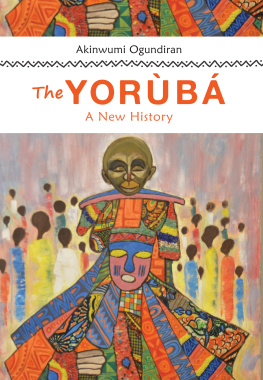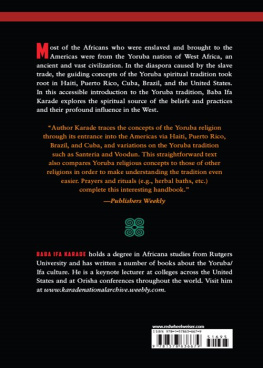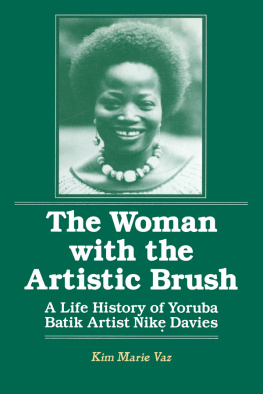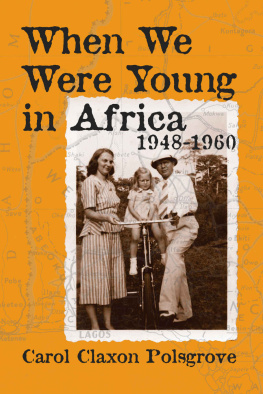Contents
Guide

This book is a publication of
Indiana University Press
Office of Scholarly Publishing
Herman B Wells Library 350
1320 East 10th Street
Bloomington, Indiana 47405 USA
iupress.indiana.edu
2020 by Akinwumi Ogundiran
All rights reserved
No part of this book may be reproduced or utilized in any form or by any means, electronic or mechanical, including photocopying and recording, or by any information storage and retrieval system, without permission in writing from the publisher. The paper used in this publication meets the minimum requirements of the American National Standard for Information SciencesPermanence of Paper for Printed Library Materials, ANSI Z39.48-1992.
Manufactured in the United States of America
Cataloging information is available from the Library of Congress.
ISBN 978-0-253-05148-6 (hardback)
ISBN 978-0-253-05149-3 (paperback)
ISBN 978-0-253-05150-9 (web PDF)
1 2 3 4 5 26 25 24 23 22 21
For Lea
and our boys,
Olrm
and
Oybnj
CONTENTS
Figures
Plates
The deep-time history of the Yorb is the subject of this book. It is an account of (1) the experiences and events that shaped the long-term history of the ancestral Yorb people; (2) the generative actions that they used to translate their experiences into new practices or traditions; and (3) the principles and values that made life meaningful for them between ca. 300 BC and AD 1840. Based on new questions, evidence, and conceptual frameworks, this book offers the opportunity to rethink Yorb history in new ways. In the following pages, I emphasize the cultural-historical approach in order to understand the ways of being of the Yorb as historical subjects (ontology); their theories of knowledge (epistemology); and the regimes of value and aspirational principles (axiology) that they created at different historical junctures. With these, I account for the cultural forms, practices, events, and ideas, as well as mentalities, imaginations, and meanings that constituted the Yorb experience for about two thousand years.
The book comprises ten chapters divided into five parts. The first chapter lays out the theoretical, conceptual, and methodological frameworks that shape the themes and contents of the volume. I make the case why it is necessary to bring empirical-, comparative-, and theoretical-minded habits to the study of Yorb history. In , I examine how these four principles and the knowledge capital associated with primary glass production and a universal cosmology/theogony were deployed to create the consciousness of a regional Yorb community of practice between the eleventh and the late fourteenth century.
In the next two chapters, I examine how turmoil beset the Yorb world between the 1420s and 1570s as a result of internal and external sources of stress that upturned the lives of several communities ( . In those four chapters, I examine the interlocking threads of the political, economic, social, ideological, and intellectual innovations that wove the Yorb world into the web of the early modern economy, and the impact on the development of a new regime of value. My emphasis in this section of the book is on the permeation of the Atlantic merchant capital into the different domains of everyday life, both in the intimate spaces of the household and at the macro level of the state.
I explore two themes in . I link this breakdown to the persistent demands for African labor in the Americas and the unsustainability of the merchant-capital revolution that underwrote hegemonic power and individual accumulation. The outcome was protracted intra-elite conflict, underclass revolt, and predation. In the final chapter, I examine the implications of comparative and deep-time approaches to Yorb history and summarize the major trends, events, eventfulness, practices, meanings, and experiences that anchored this two-thousand-year history.
All histories are patently particular and local, including those often presented as global or world history. In this regard, this book is no different. It is a regional history of the Yorb before 1840. Even so, I have paid close attention to the global and regional interactions that framed the actions of local actors who created their own theory of knowledge and defined it as their universal. In so doing, I draw attention to how the ancestral Yorb experiences were constitutive of global, transcontinental, and subcontinental histories, and vice versa.
Next page






